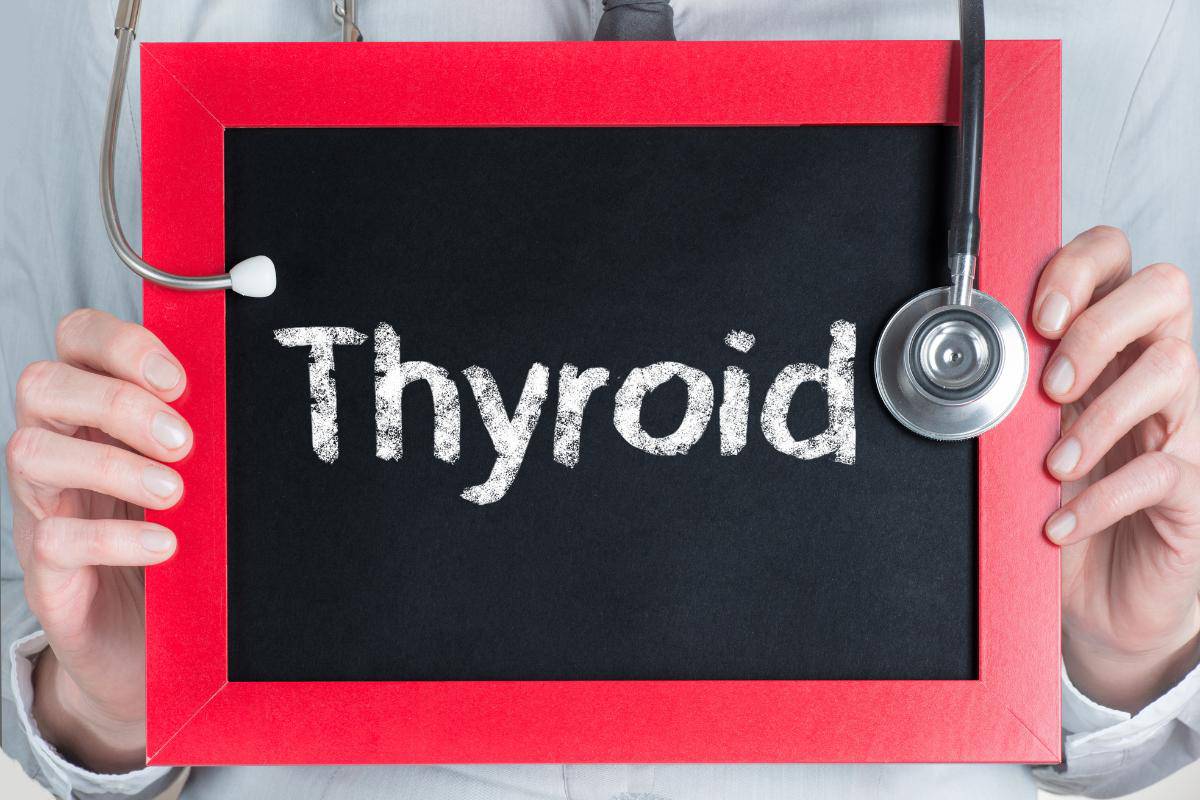Exercising and Thyroid issues – The facts
This is a collaborative post.
Wondering if exercising and thyroid issues go well together? Here we will look at all you need to know!
Thyroid disease can make you feel dreadful. Even hyperthyroidism, which leaves patients edgy and seemingly full of nervous energy, is not a condition that seamlessly accompanies exercise.
But exercise – as so often – can help people to manage symptoms, relieve muscle and joint aches and cramps, and generally boost their basic health, which can make dealing with their thyroid problems a little easier. Let’s have a look at the facts about thyroid disease and exercise.

Exercise is Good!
Exercise is something that all of us need, and that many of us fall sadly short on. From our caveman days, when we would have been walking, running and foraging for most of the daylight hours, to now, when work-from-home directives see people taking only fifty or so steps a day between their bed, bathroom and workstation.
It is easy to see why our bodies are subject to digestive issues, unwanted weight gain, and muscle loss if we are not careful with them! Patients with thyroid issues can often gain many of the advantages imparted by regular exercise – but there are many caveats to this statement!
Hyper- and Hypothyroidism Require Careful Management
Hypothyroidism can cause muscle and joint aches and pains, along with leaving patients tired and lethargic before any extra energy has been expended.
Hyperthyroidism, which can make the patient feel as though they are full of energy, is equally problematic, as it often brings along with it an increased heart rate – something which would be dramatically worsened by exercise which raises the heartbeat anyway.
Hyperthyroidism may also be worsened by trying out some, more frenetic types of exercise: these exercises can boost the metabolism, causing the body to dump even more T3 and T4 hormones into the patient’s system – a good result for someone with hypothyroidism, but the exact opposite for someone with hyperthyroidism.
Exercise or Not?
On balance, doing some form of exercise is almost always better than doing none. Gentle stretches, low-impact sports such as swimming, and yoga are all great for maintaining and improving posture, flexibility and muscle tone and they don’t put too much strain on the body in the way that, for example, running a marathon would.
Take Your Meds!
However, once you are on a good regimen of medication – which can take some time after your diagnosis as each person’s needs are different you and the doctor will have to work together to find the precise dose that meets your body’s needs and keeps you energetic and healthy without overloading your system.
You will find that energy levels and heart rates return to normal, and you will be encouraged to implement a fitness program of your own liking.
The medication you are likely to be prescribed is a replacement for the body’s own T3 and T4 hormones, read about one of them Liothyronine here, and they will restore you to your old self, enabling you to enjoy exactly the level of exercise you prefer.
As with anything like this, always chat to your doctor or other medical professional for advice in your own specific circumstances.